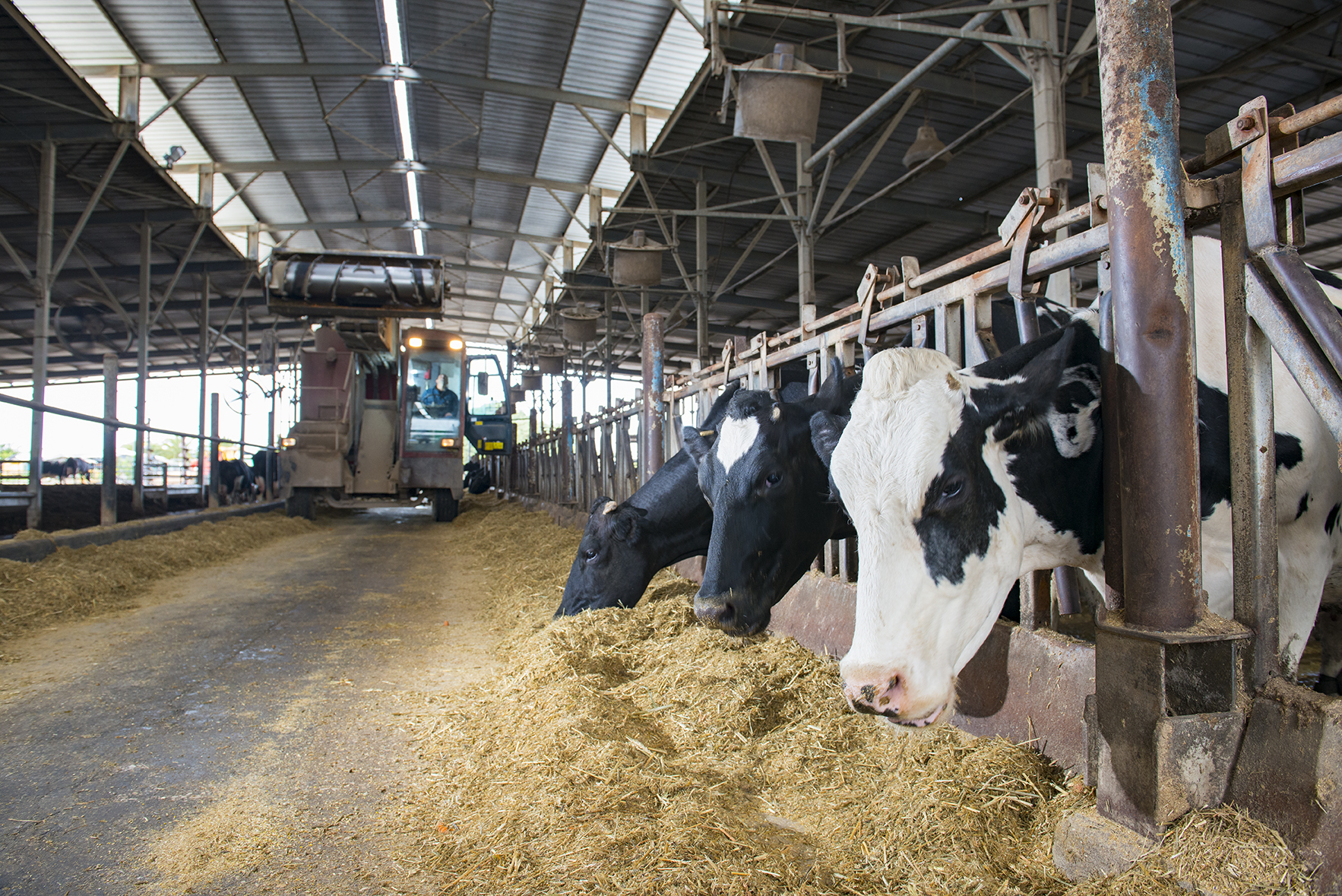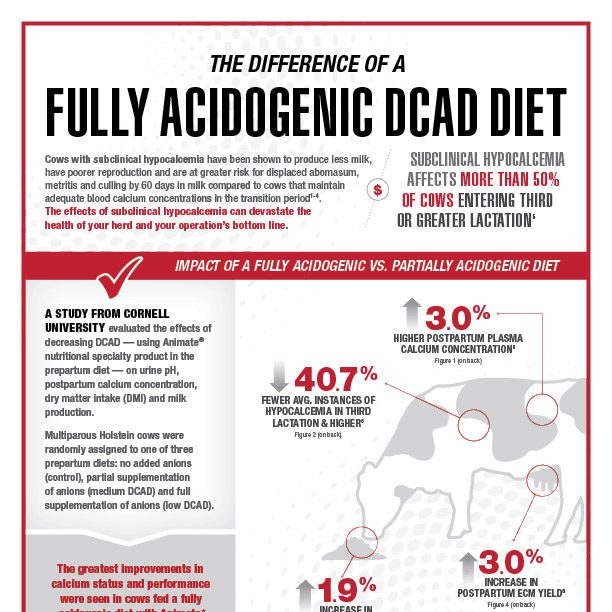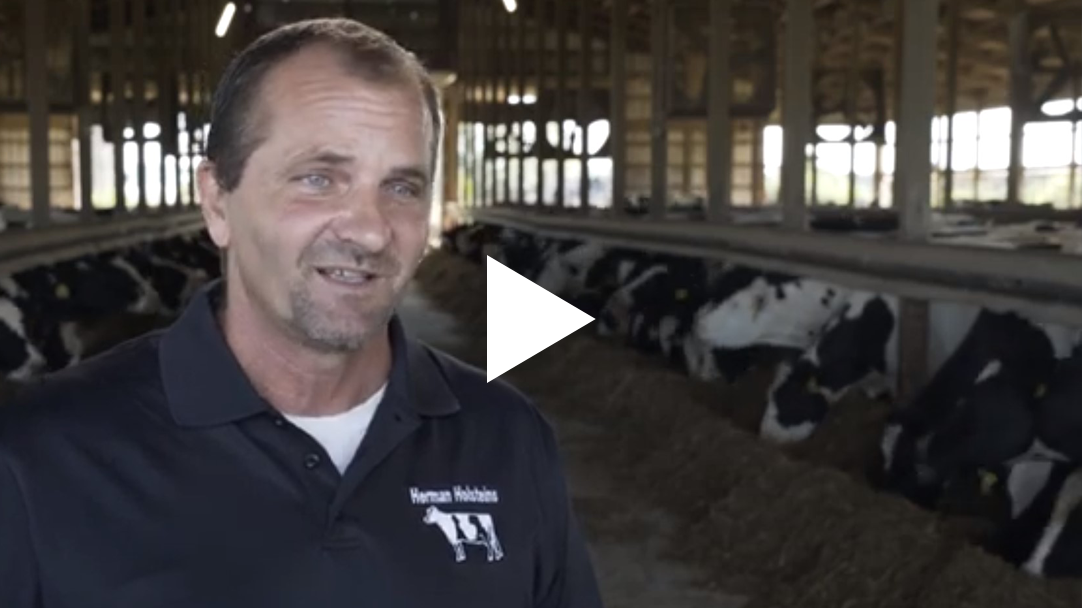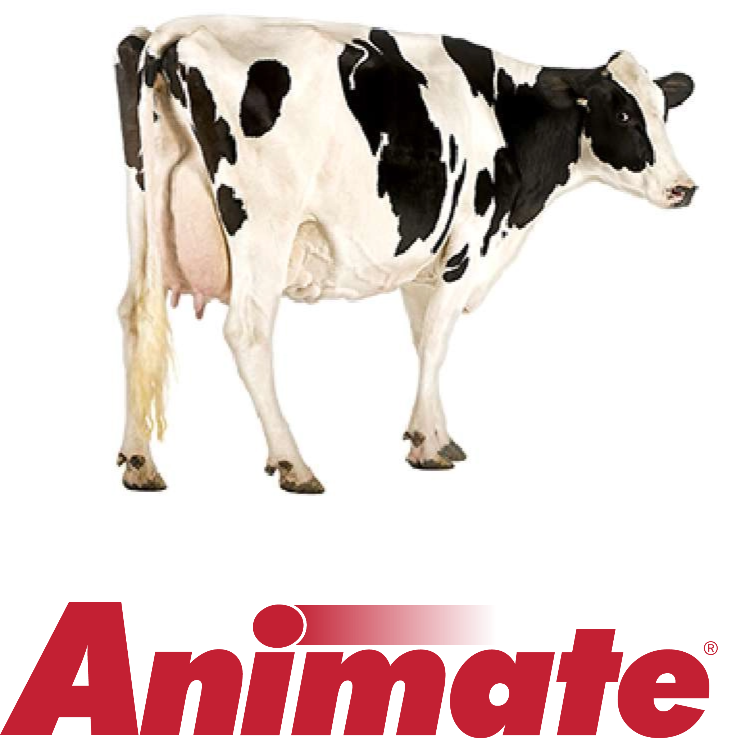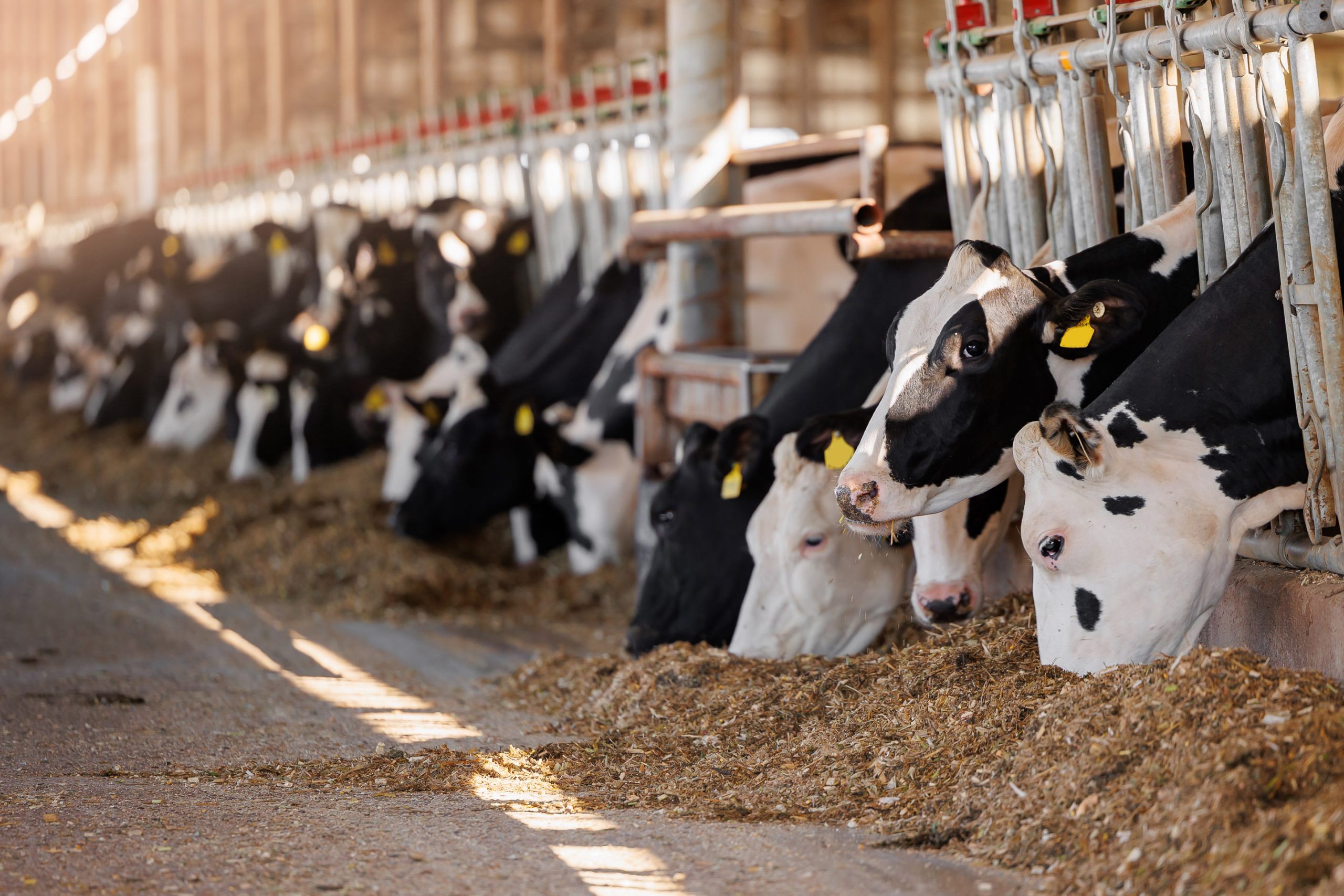
An Interview with Dr. Scott Bascom | Ph.D., Executive Technical Services Manager
As dairy nutritionists and dairy producers seek efficiencies and identify best management practices to address current economic pressures, it’s more important than ever for them to have the confidence that proven practices are continuing to pay off with consistent performance and ROI.
For instance, the results of a University of Wisconsin study* that focused on the available or ionizable blood calcium status of the cow when fed a fully acidogenic, high-calcium diet, confirmed several key advantages.
The study involved feeding three different levels of dietary calcium with the fully acidogenic Animate® nutritional specialty product program. The three treatment diets included a low-calcium diet (0.45%) where there was no supplemental calcium added to the diet; a medium level of dietary calcium (1.13%) in which calcium carbonate was added into the diet; and a high dietary calcium treatment in which more calcium carbonate was added to the diet to achieve a dietary calcium concentration of 2.0%.
Cows were fed the treatment diets containing Animate as the source of anions for 21 days and, to induce hypocalcemia, the cows were infused with a calcium chelator or calcium binder called EGTA.
“We did that at a slow rate,” says Dr. Scott Bascom, Executive Technical Service Manager at Phibro Animal Health. “The goal was to infuse enough EGTA to get them to 60% of their starting blood calcium concentration, measuring how long and how much EGTA it took to accomplish that.”
The observed advantages of feeding a fully acidogenic, high-calcium diet included:
More Time Needed to Reach Clinical Hypocalcemia
- Reducing the number of cows that have a drop in blood calcium after calving to the point of clinical hypocalcemia can result in a significant economic benefit.
- Cows that get clinical hypocalcemia typically need fairly intensive treatment and, if not treated promptly, the risk of mortality is high. Helping reduce the incidence of hypocalcemia can result in lower costs, fewer losses and an improved bottom line.
More Available Blood Calcium
- Cows that are more resistant to becoming hypocalcemic have more available calcium in their blood.
- “That means there’s more calcium available to support milk production,” says Dr. Bascom. “As these cows calve, they’re likely to achieve a higher level of milk production sooner. This can be very economically beneficial.”
More Difficult to Make Hypocalcemic
- Cows fed the fully acidogenic, high-calcium diet required more EGTA to make them hypocalcemic. Some cows, in fact, were very difficult to make hypocalcemic.
- “There are numerous adverse health events associated with hypocalcemia and the risk of experiencing adverse health events increases if cows are hypocalcemic,” says Dr. Bascom. “If we can help reduce the incidence of hypocalcemia, then we have less likelihood that she’s going to have other issues.”
The results demonstrate that prepartum feeding of a fully acidogenic, high-calcium diet prepared the cows with a greater amount of available calcium in the blood. There is more calcium for colostrum and milk synthesis and for maintaining a normal blood calcium status.
“The results from the study are particularly important today because there are still some misperceptions out there and pressure to move away from proven practices,” says Dr. Bascom. “It confirmed the recommendations we are making and gives dairymen confidence they are doing what’s right for the herd and the business.”
* Admundson et al., 2018. J. Dairy Sci. 96:5010.
AN066423GLB ©2024 Phibro Animal Health Corporation. Phibro, Phibro logo design, Healthy Animals. Healthy Food. Healthy World. and Animate are trademarks owned by or licensed to Phibro Animal Health Corporation or its affiliates.
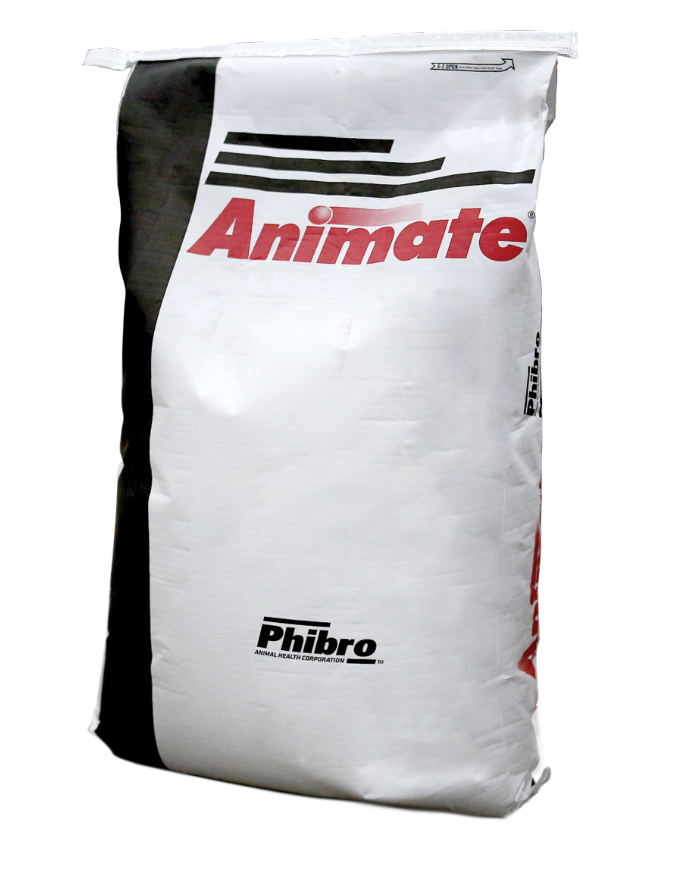
Start with the Right Anion Source
Animate® nutritional specialty product is a unique and patented anionic mineral that has been shown to help keep transition cows healthy and productive.
Learn about Animate







